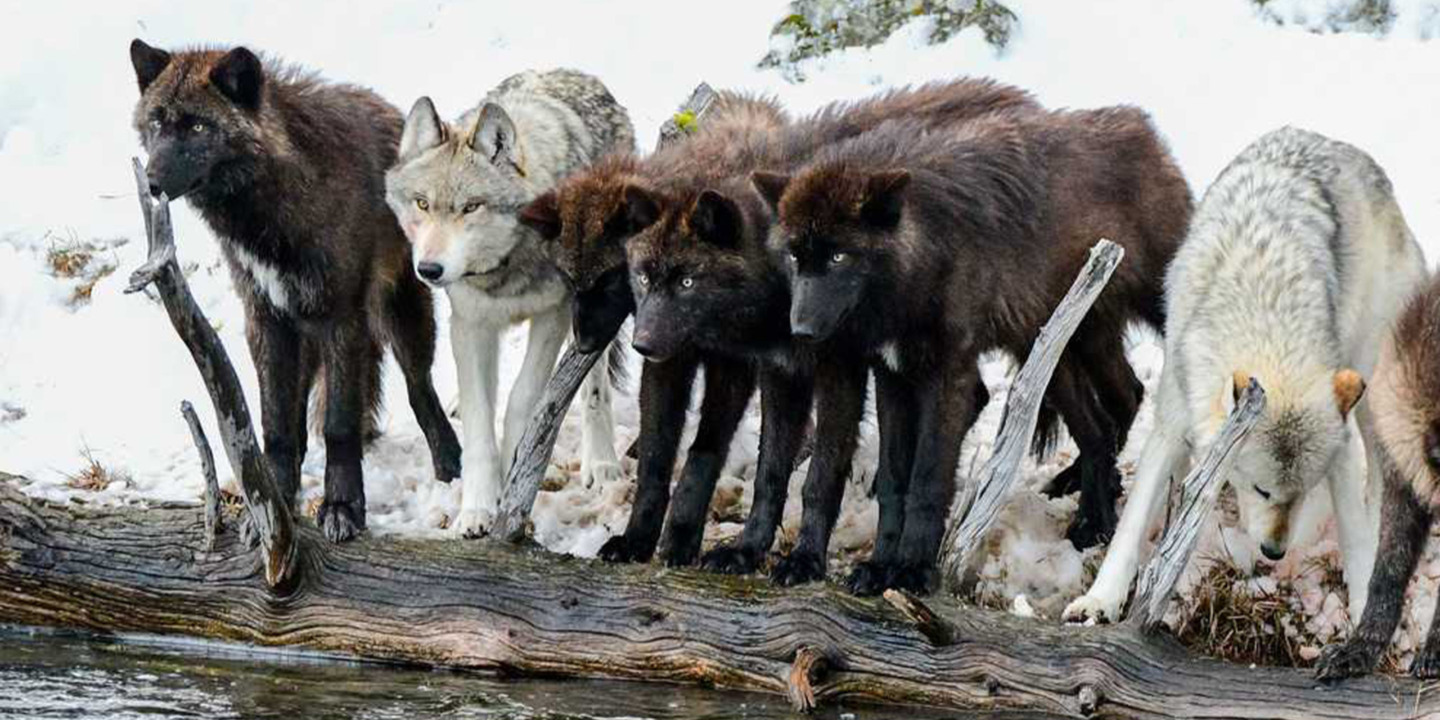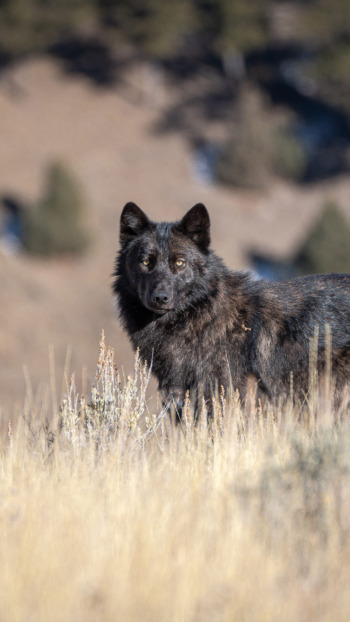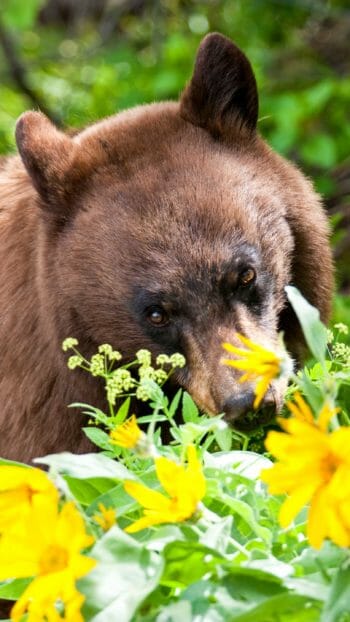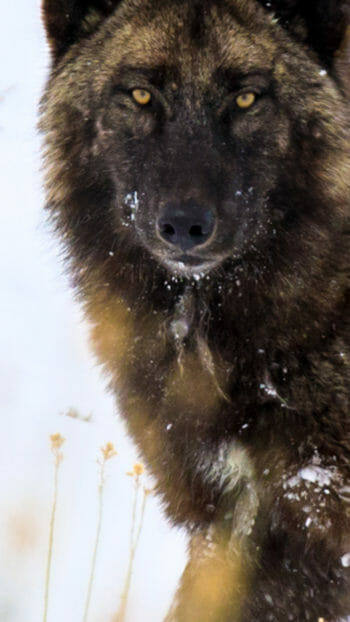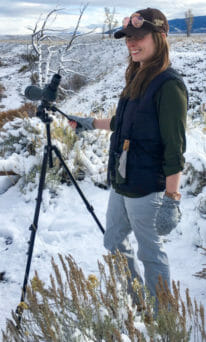Wolves are among Yellowstone’s most iconic residents and a highlight for visitors hoping to experience the wild spirit of the Greater Yellowstone Ecosystem. Since their reintroduction in the mid-1990s, Yellowstone has become one of the best places in the world to see wolves in their natural habitat. Guided wolf tours from Jackson Hole provide the knowledge, equipment, and access needed to observe these apex predators while learning about their fascinating behaviors and critical role in the ecosystem.
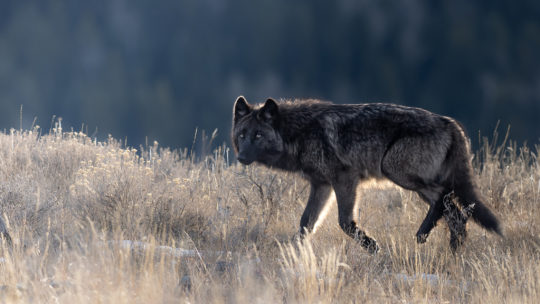
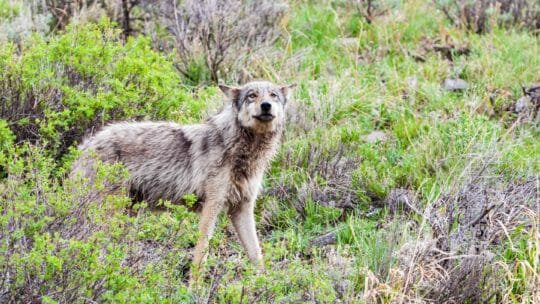
Lamar Valley: America’s Serengeti
The Lamar Valley is often called the “Serengeti of North America” because of its sweeping grasslands and abundant wildlife. It is also the most reliable place to see wolves in Yellowstone. With wide open views, high prey density, and long-standing wolf territories, the valley offers unmatched opportunities for observation. Wolf packs such as the Junction Butte and Lamar Canyon packs are frequently spotted here, particularly in the early morning and winter months.
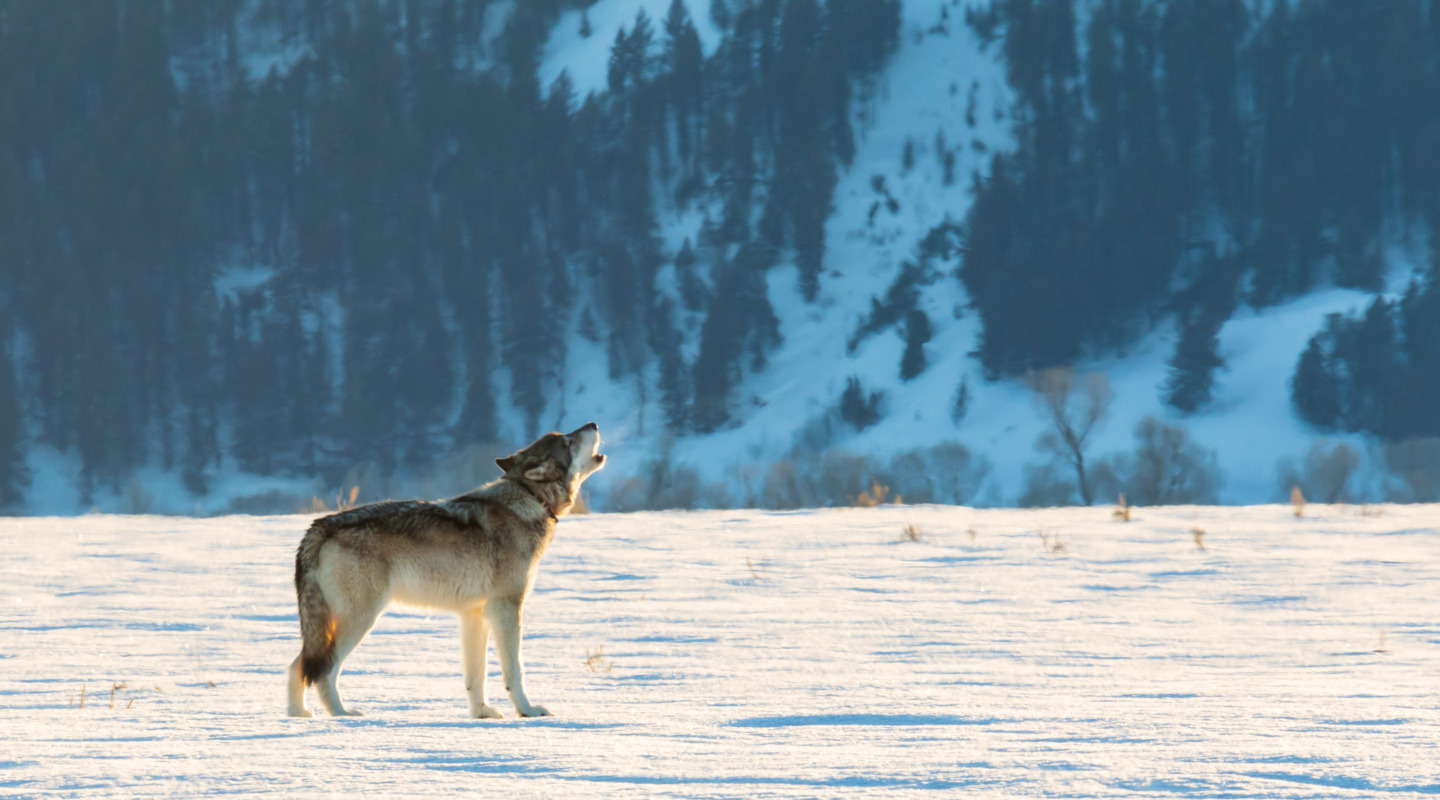
Wolf Watching in Summer vs. Winter
Wolf sightings are possible year-round, but the seasons shape the experience.
- Summer: Longer daylight hours and warmer conditions make for comfortable touring, but vegetation can reduce visibility, and wolves often roam farther.
- Winter: With snow cover and concentrated prey, wolves are more active during daylight hours. Tracks are easier to spot, vegetation is minimal, and visibility across valleys improves significantly.
Many wolf enthusiasts consider winter the prime season for wolf watching in Yellowstone.
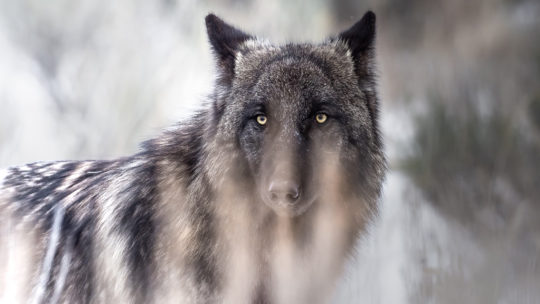
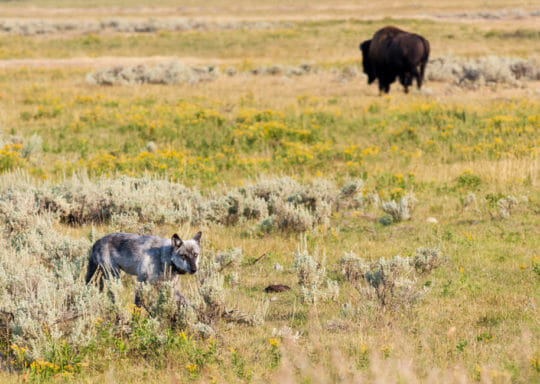
Day Tours and Multi-Day Adventures
Whether you only have a day, or are looking for an extended Yellowstone excursion to see wolves, we have options to suit all itineraries. Our Yellowstone wildlife safaris travel through wolf habitat that offers the potential for wolf sightings along the way. Multi-day tours like 2-day and 3-day tours are highly recommended for access to more wolf habitat and more dawn and dusk hours for prime time activity.
Winter Access from Jackson Hole: The 3-Day Wolves & Wildlife Tour
Because most of Yellowstone’s interior roads are closed in winter, the best wolf watching requires access to the park’s northern range. We offer a 3-Day Winter Wolves & Wildlife Tour, which departs from Jackson Hole and travels through scenic landscapes before arriving in the Lamar Valley. This extended itinerary allows guests to spend full days in prime wolf habitat while also enjoying the chance to see bison, elk, moose, coyotes, and bald eagles. Comfortable lodging, professional guides, and high-end optics make the experience both accessible and enriching.
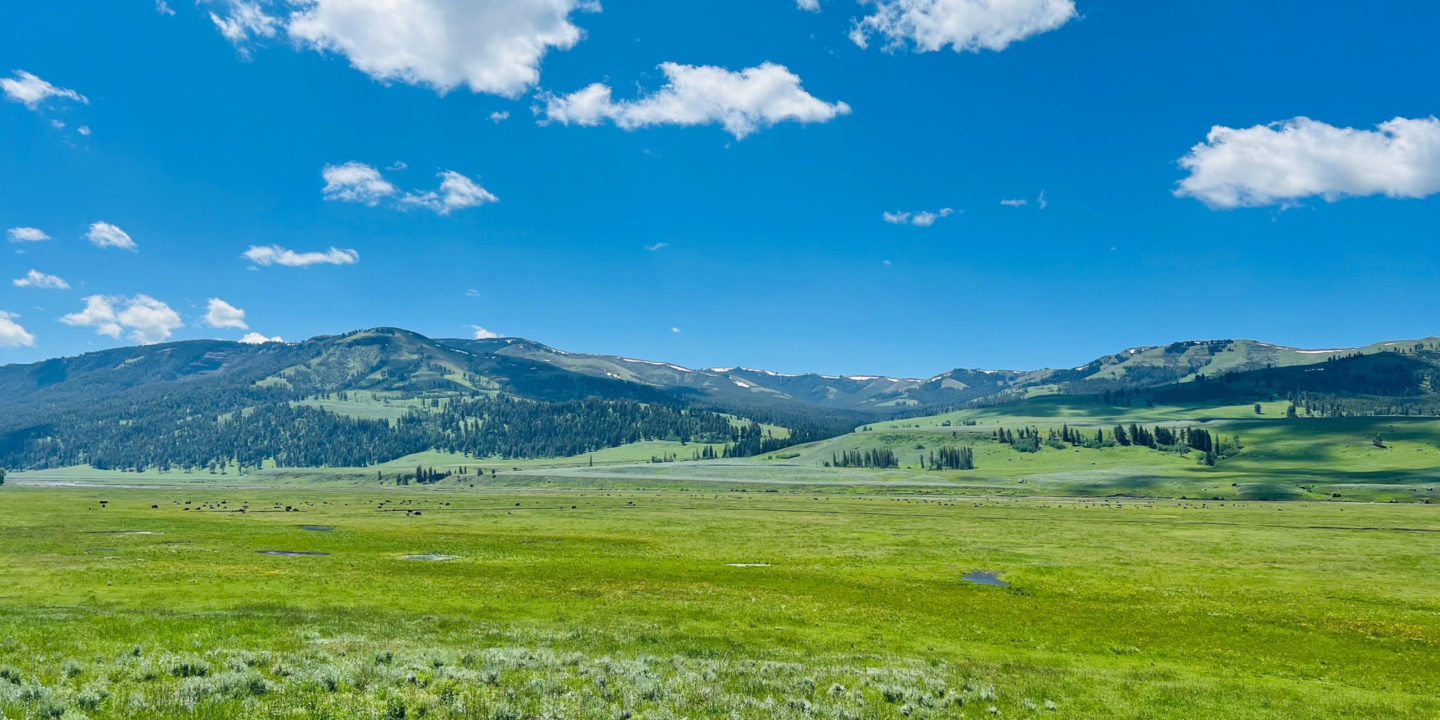
Why Go Wolf Watching?
Seeing a wild wolf in Yellowstone is more than just a wildlife encounter, it is a glimpse into the park’s ecological heart. Wolves travel and hunt in packs, relying on complex social structures. Hearing their howls echo through the valley or watching a pack interact on a distant ridge is an unforgettable moment for wildlife enthusiasts and photographers alike. Wolves are very elusive animals, and most people are never in a position to see one in the wild. Yellowstone is one of the best places in the world to see wild wolves- it is an opportunity not to be missed!
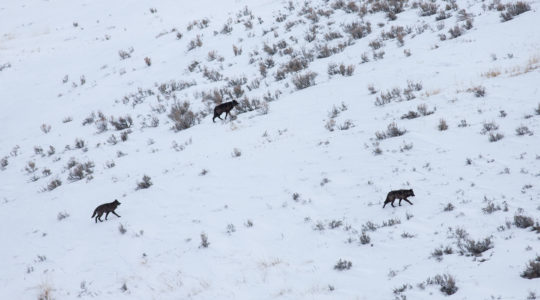
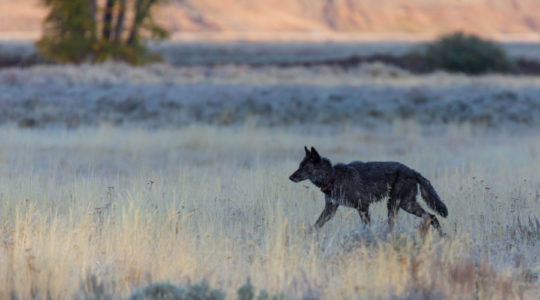
Prime Time of Year for Wolf Watching
- Best Season: Late fall through early spring, when snow improves visibility.
- Best Time of Day: Dawn and dusk are ideal, when wolves are most active.
- Best Locations: Lamar Valley and Hayden Valley remain the top destinations, with guided tours offering insider knowledge on current pack movements.
Notable Wolf Behaviors to Observe
- Howling: Used to communicate across distances and strengthen pack bonds.
- Pack Hunting: Coordinated teamwork to bring down large prey such as elk.
- Pup Rearing: In spring, observing playful wolf pups near den sites is a highlight.
- Territorial Displays: Packs use scent marking and howls to establish boundaries.
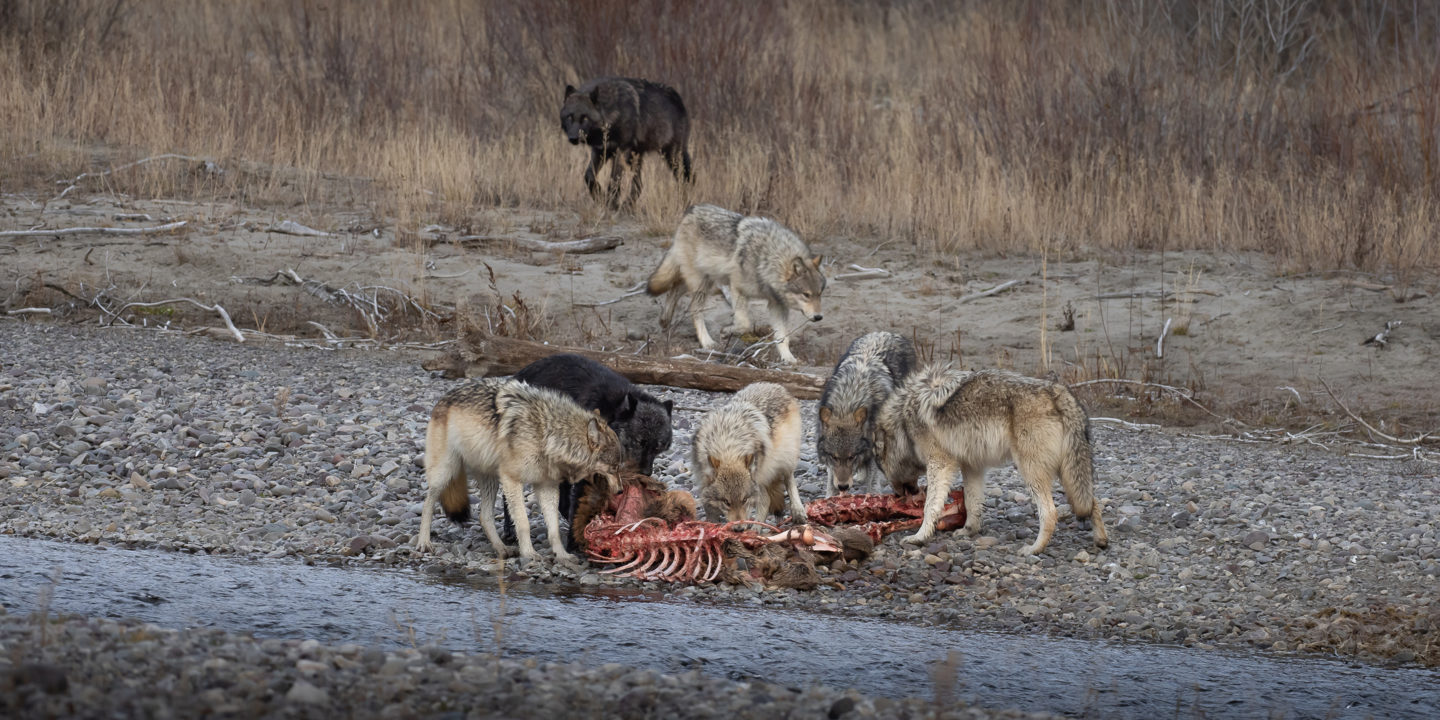
A Short History of Wolves in Yellowstone
Wolves were eliminated from Yellowstone by the 1920s due to predator control programs. Without wolves, elk populations surged, leading to overgrazing and degraded habitat. In 1995 and 1996, wolves were reintroduced, and their return transformed the ecosystem. Elk numbers stabilized, vegetation rebounded, and species like beavers, songbirds, and moose benefited. Today, Yellowstone is a global case study in how apex predators shape landscapes.
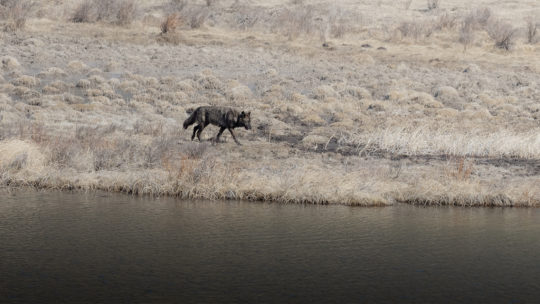
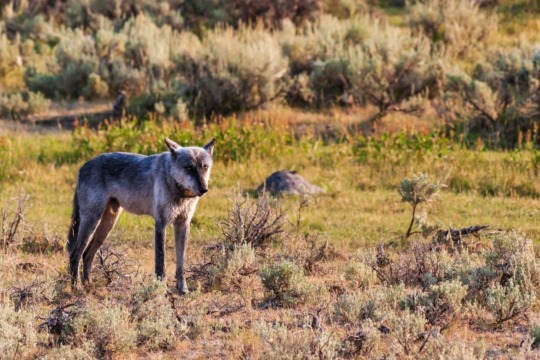
Why Wolves Are Integral to the Ecosystem
As apex predators, wolves regulate prey populations, which in turn allows plants and other animals to thrive. By keeping elk and bison numbers in check, wolves indirectly support the growth of willow and aspen, which provide habitat for beavers, birds, and countless smaller species. Their presence ensures Yellowstone remains a balanced, biodiverse ecosystem.
The Benefits of Wolf Tourism
Wolf watching has become a cornerstone of Yellowstone’s tourism economy. Visitors who come specifically to see wolves contribute millions of dollars annually to local communities in Wyoming and Montana. At the same time, wolf tourism raises awareness about conservation and fosters support for protecting Yellowstone’s ecosystem.
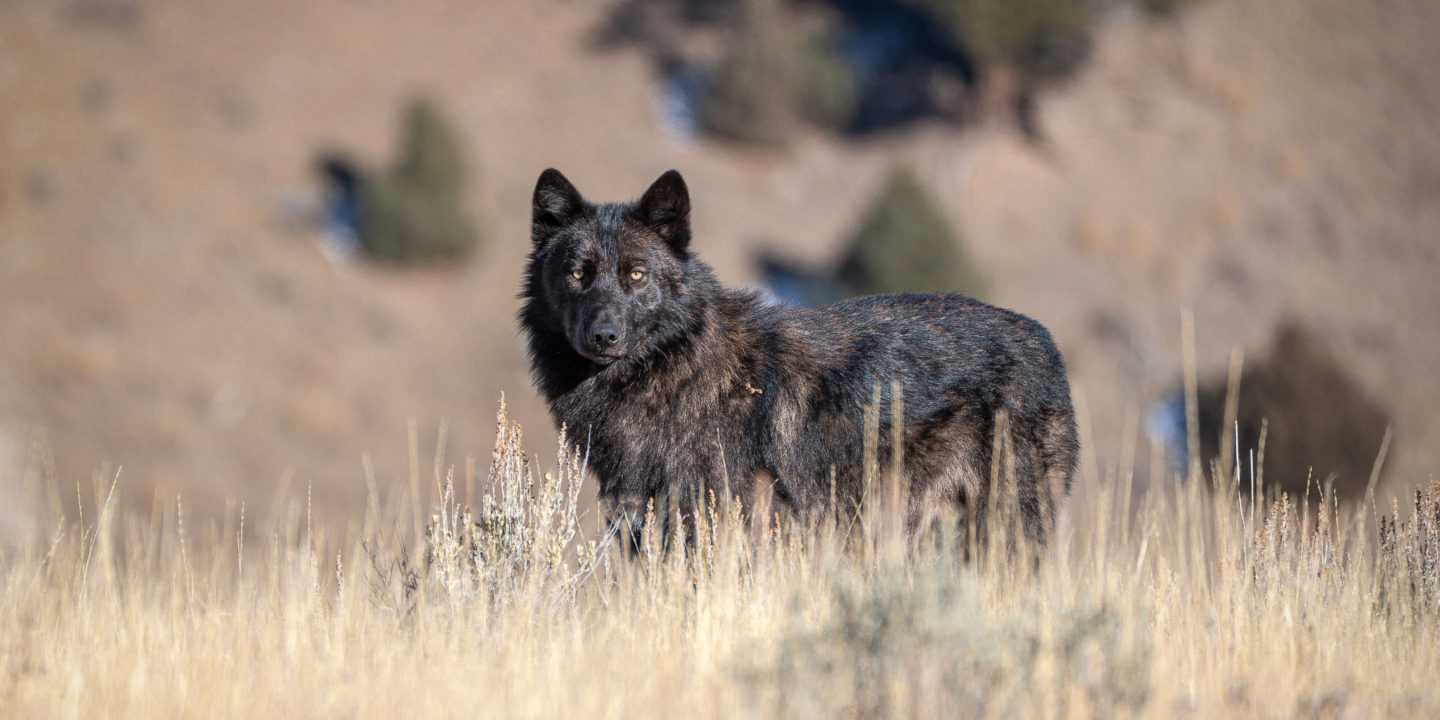
Wolf watching in Yellowstone National Park is a once-in-a-lifetime experience. From the open expanses of Lamar Valley to the snowy landscapes of winter, wolves remind us of the wildness that defines Yellowstone. Guided wolf tours with Jackson Hole Wildlife Safaris bring this story to life, combining expert interpretation, access to prime locations, and the thrill of seeing one of nature’s most captivating predators.
FAQs
Where can I see wolves in Yellowstone?
The best places are Lamar Valley and Hayden Valley, where open terrain and prey-rich habitats make sightings more likely.
When is the best time of year to see wolves in Yellowstone?
Winter is the prime season, though wolves can be seen year-round. Snow increases visibility and wolf activity during the day.
How many wolf packs are in Yellowstone?
Yellowstone is home to about 8–10 wolf packs, with a total population of roughly 90–120 wolves.
Can I see wolves on my own without a tour?
It’s possible, but difficult. Guided tours provide spotting scopes, experienced naturalists, and knowledge of pack movements, dramatically improving your chances.
Why are wolves important to Yellowstone?
Wolves are apex predators that balance elk and bison populations, helping restore vegetation and supporting a healthier, more diverse ecosystem.

